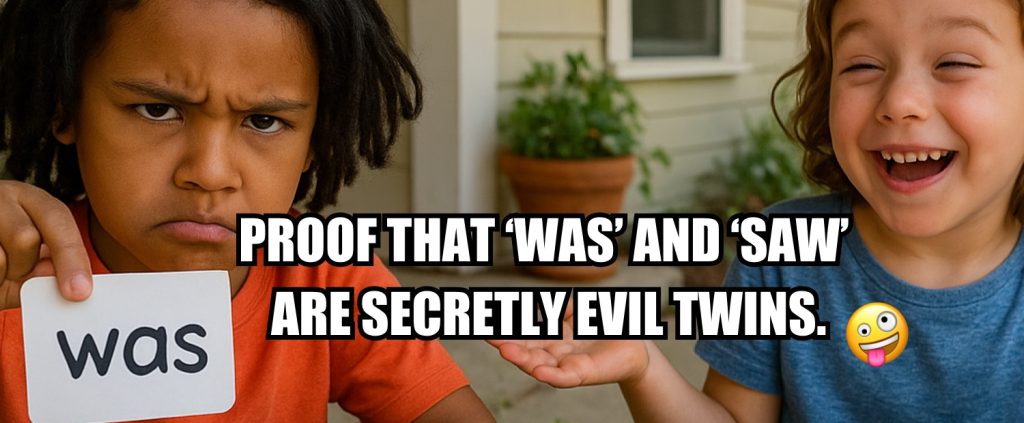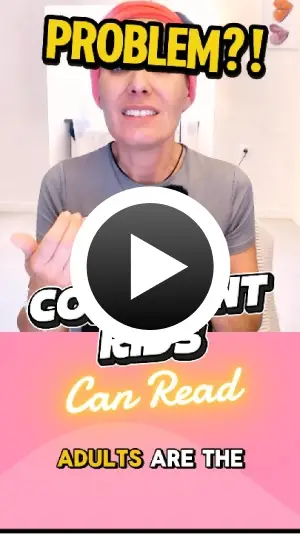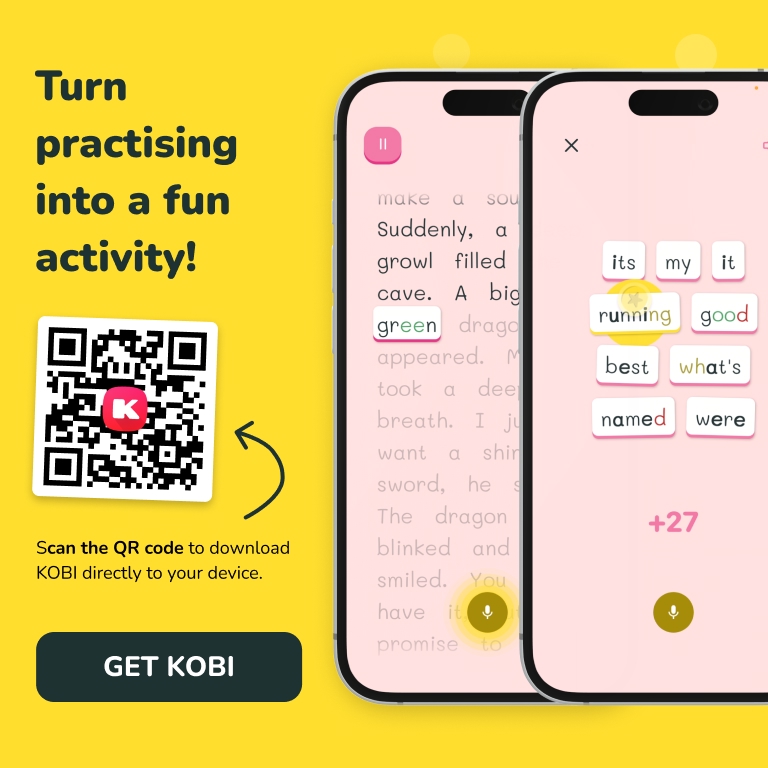Summary: What You’ll Learn in This Article
- Why sight word mastery is essential for reading fluency
- What the Science of Reading says about orthographic mapping
- How to make sight word practice fun and effective
- How KOBI’s WordBlaster and WordVault support sight word learning
- Reflective prompts to involve parents and spark consistency at home
Ever Feel Like Sight Words Just Don’t Stick?
You’ve tried the flashcards. You’ve written words in shaving cream. You’ve circled sight words in books. And yet… your child still mixes up “was” and “saw.”
Sound familiar?
Sight words are everywhere – “the,” “said,” “come,” “was.” These high-frequency words often can’t be sounded out and need to be recognized instantly.
So how do you help your child make sight word practice both effective and actually enjoyable?

Why Sight Word Practice Works: Science Says So
According to the Science of Reading, fluent word recognition depends on a mental process called orthographic mapping – linking a word’s sound, meaning, and spelling in the brain so it becomes instantly recognizable.
Ask yourself: Does your child recognize words in context but struggle when they’re isolated? That’s where targeted practice matters.
Here’s what research recommends:
- Repetition builds speed and fluency
- Immediate feedback helps lock in accuracy
- Multisensory methods boost retention
- Words in context promote meaningful learning
Rather than rote memorization, successful sight word learning happens through deliberate, guided exposure – just like what KOBI offers.

How KOBI Transforms Sight Word Practice into a Daily Habit
1. Listen & Read
KOBI highlights target words during reading. Your child hears and sees them in meaningful context.
2. Play WordBlaster
After the reading session, KOBI presents those same words in isolation. Kids try to read them aloud before they disappear – like a game!
3. Get Instant Support
If your child struggles, KOBI gives gentle phonics-based help, guiding them to the correct pronunciation.
4. Review with WordVault
All practiced words are saved. You and your child can review them any time, track which ones need more practice, and celebrate mastery.
5. Repeat with Variation
Each session offers slightly different words and formats to build consistency without boredom.
Bonus Feature: WordVault
Every sight word your child struggles with is stored automatically. You can launch WordBlaster sessions with just those words – personalized, efficient practice.
Tips for Parents: Making Sight Words Stick
- Use Words in Context: Point out target words in books, signs, and daily labels. What’s one sight word you saw on a cereal box today?
- Mix It Up: Try letter magnets, write on a window with a marker, or build silly sight word sentences.
- Focus on a Few: Stick to 3-5 words at a time for better focus and memory.
- Incorporate Play: Turn practice into games-memory, bingo, or scavenger hunts.
- Praise Progress: What sight word did your child master this week? Celebrate the small wins!
Why Homeschoolers Love KOBI
- Structured and simple: Clear, focused sight word activities
- Multisensory learning: Audio, visuals, and interaction
- Progress tracking: See which words stick and which need review
- Child-led engagement: Kids feel empowered, not pressured

Reading Practice Doesn’t Have to Be a Struggle
Sight word recognition is one of the biggest keys to fluent reading. And with tools like KOBI, practice becomes more than just repetition, it becomes a rewarding part of your day.
What’s working in your home? Which sight words have “stuck” lately and how did you get there?
Let KOBI help your child gain confidence, fluency, and a love of reading.



